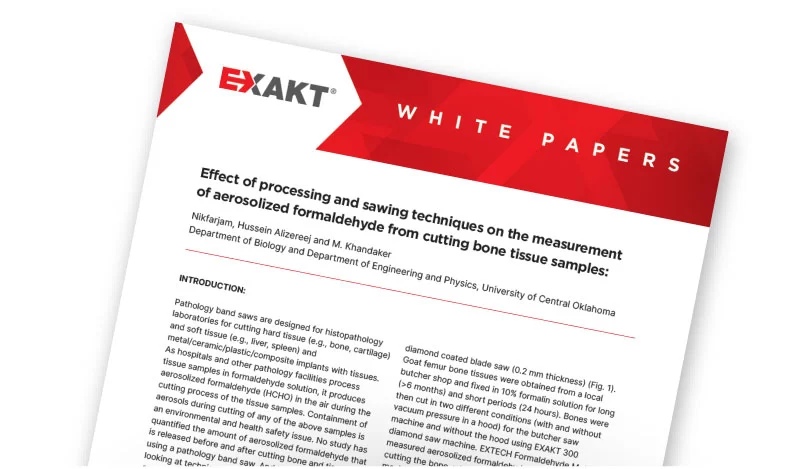metal/ceramic/plastic/composite implants with tissues. As hospitals and other pathology facilities process tissue samples in formaldehyde solution, it produces aerosolized formaldehyde (HCHO) during the cutting process of the tissue samples.
To get the report, fill out the form
